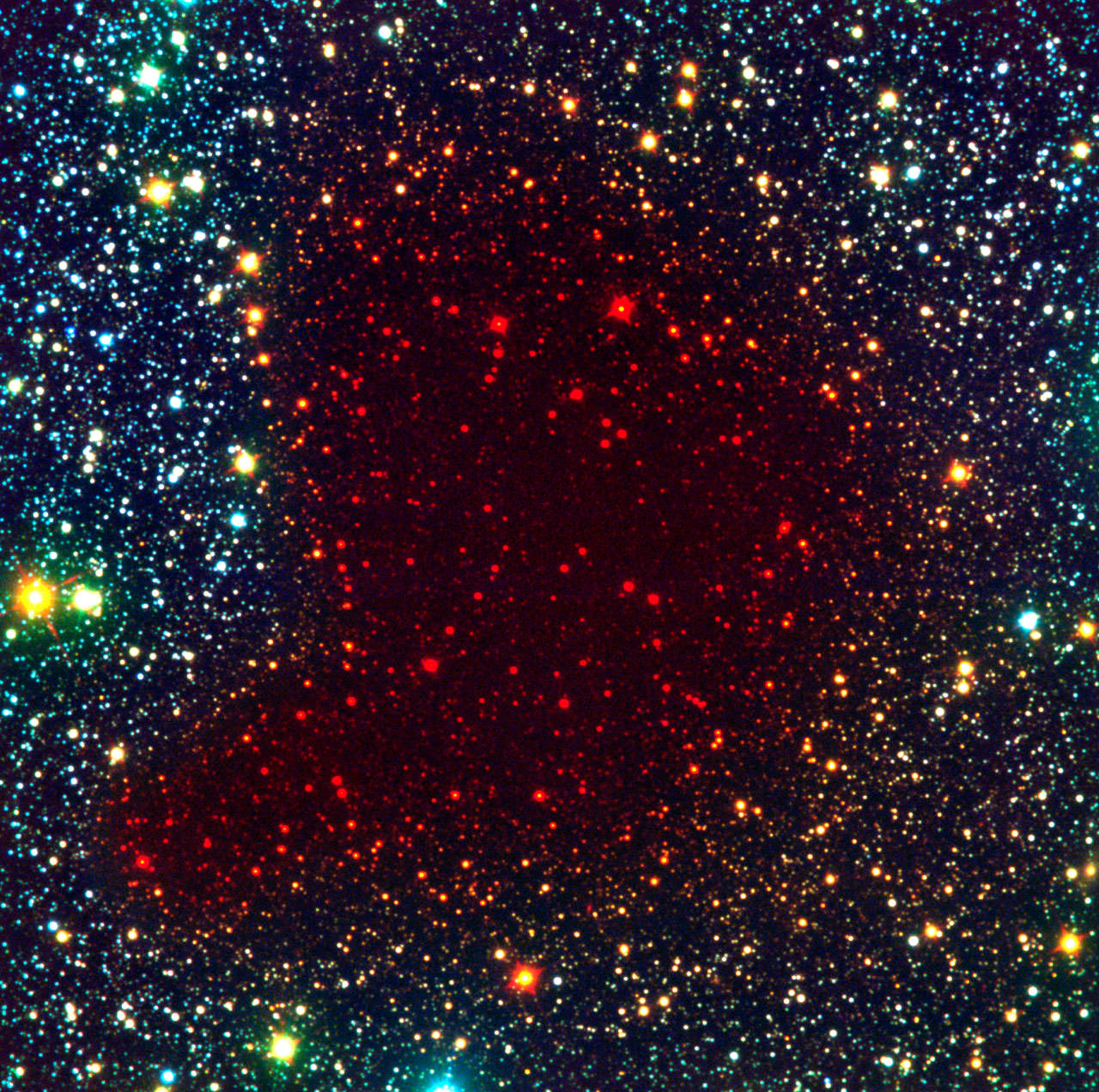[/caption]
Anyone who has looked at stars in the night sky (especially ones low on the horizon) has undoubtedly seen the common effect of twinkling. This effect is caused by turbulence in the atmosphere as small over densities cause the path of the light to bend ever so slightly. Often, vivid color shifts occur since the effects are wavelength dependent. All of this happens in the short distance between the edge of the atmosphere and our eyes. Yet often times, giant molecular clouds lie between our detectors and a star. Could these clouds of gas and dust cause a twinkling effect as well?
In theory, there’s no reason they shouldn’t. As the giant molecular clouds intercepting the incoming starlight move and distort, so too should the path of the light. The difference is that, due to the extremely low density and extremely large size, the timescales over which this distortion would take place would be far longer. Should it be discovered, it would provide astronomers another method by which to discover previously hidden gas.
Doing this is precisely the goals of a team of astronomers working from the Paris University and Sharif University in Iran. To get and understanding of what to expect, the team first simulated the effect, taking into account the properties of the cloud (distribution, velocity, etc…) as well as refraction and reflection. They estimated that, for a star in the Large Magellanic Cloud with light passing through typical galactic H2 gas, this would produce twinkles with changes taking around 24 minutes.
Yet there are many other effects which can produce modulations on the same timescale such as variable stars. Additional constraints would be necessary to claim that a change would be due to a twinkling effect and not a product of the star itself. As stated before, the effect is different for different wavelengths which would produce a “variation of the characteristic time scale … between the red side of the optical spectrum and the blue side.”
With expectations in hand, the team began searching for this effect in areas of the sky in which they knew especially high densities of gas to exist. Thus, they pointed their telescopes towards dense nebulae known as Bok globules like Barnard 68 (pictured above). Observations were taken using the 3.6 meter ESO NTT-SOFI telescope since it had the capabilities to also take infrared images and better explore the potential effects on the red side of the spectrum.
From their observations over two nights, the team discovered one instance in which the modulation of brightness in the different wavelengths followed the predicted effects. However, they note that from a single observation of their effects, it does not conclusively demonstrate the principle. The team also observed stars in the direction of the Small Magellanic Cloud to attempt to observe this twinkling effect in that direction due to previously undetected clouds along the line of sight. In this attempt, they were unsuccessful. Further similar observations along these lines in the future could help to constrain the amount of cold gas within the galaxy.


Sirius is great to watch, beautiful colours.
Do we know of any pulsars behind any big clumps of gas? Surely they would be the perfect things to test this principle on.
Twinkling is not only a change in brightness, but also (and primarily) a change in image ‘shape’. Would a similar effect be noticeable too?